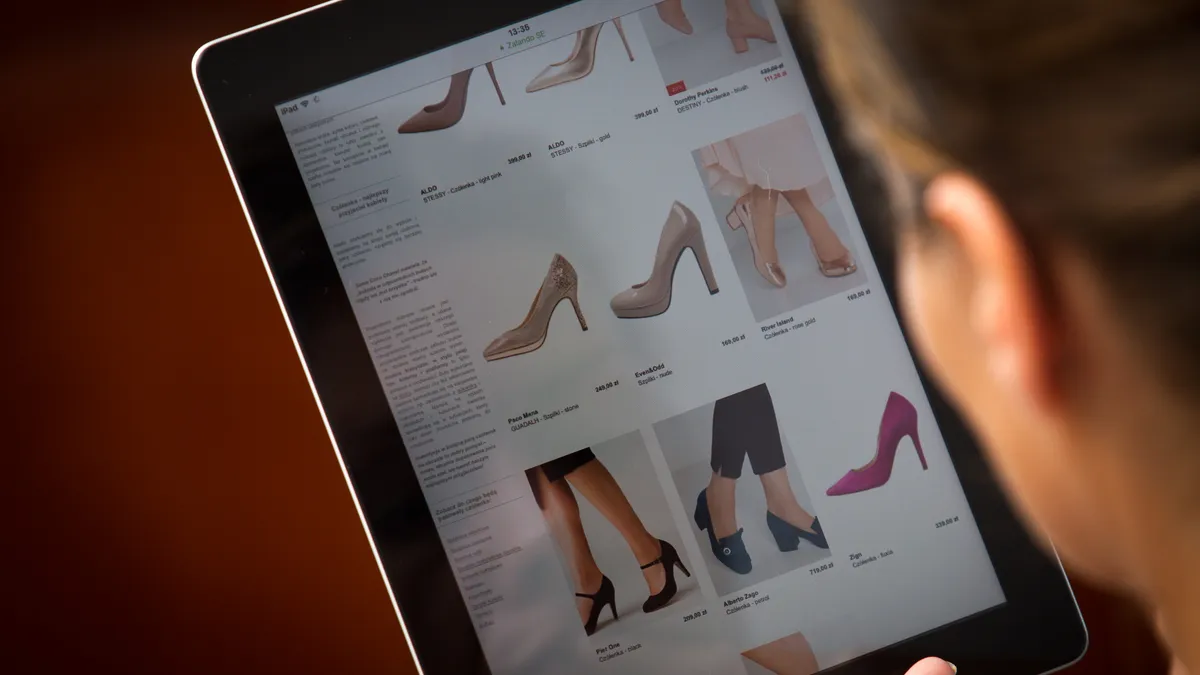Dive Brief:
- Eighty-three percent of marketers think retargeted ads have been given credit for sales that would have happened without the ads, and 57% of consumers say those ads did not influence their purchasing decisions, according to a Nanigans survey provided to Marketing Dive.
- The advertisers surveyed reported spending $16.7 million on average on performance media in 2017, and 53% of retailers plan to increase digital ad spend over the next 12 months, with an average increase of 24%. However, 75% of retail marketers say they don't have a way to measure whether sales attributed to retargeting would have happened organically, with 55% citing murky measurement as their biggest challenge.
- Seventy-seven percent of consumers think they see too many retargeted ads from the same retailers, and 88% say they see these ads for products they've already purchased. More than one-third of consumers want retailers to better understand when shoppers are no longer interested in products.
Dive Insight:
The Nanigans research highlights that despite a continued barrage of retargeted ads, their impact to boost a brand's bottom line remains murky as marketers continue to struggle to optimize and quantify the effectiveness of their digital campaigns. A CMO Council survey found that 21% of marketers plan to pull back their digital ad spend because of poor digital measurement and lack of insights into proper attribution.
While consumers continue to expect tailored experiences and content, the Nanigans report demonstrates that marketers sometimes miss the mark by delivering ads for products that consumers are not interested in, see continuously on their digital platforms or have already purchased. This is in line with a recent Accenture study that revealed that 35% of consumers found it creepy when they saw social media ads for items they had browsed online, with 27% stating that brands overstep their bounds when retargeting ads.
To address some of the struggles related to determining ROI on their marketing spend, many marketers are embracing automation tools that can help them better target audiences, create more personalized experiences and measure the specific impact of campaign elements. Forrester research estimates that global marketing automation spend will reach $25.1 billion by 2023 from $11.4 billion in 2017, and marketing automation technology is expected to grow at a 14% compounded annual growth rate.














